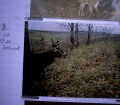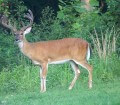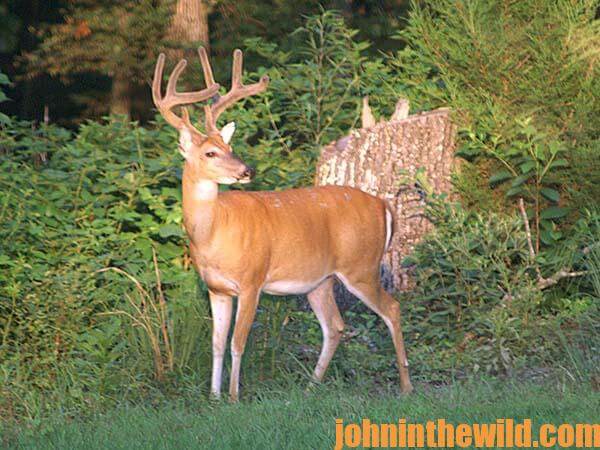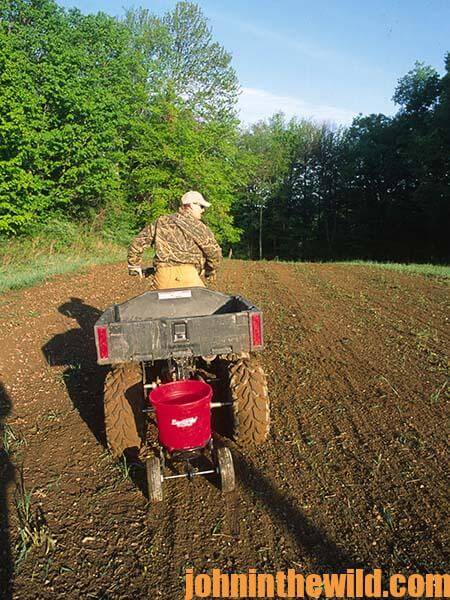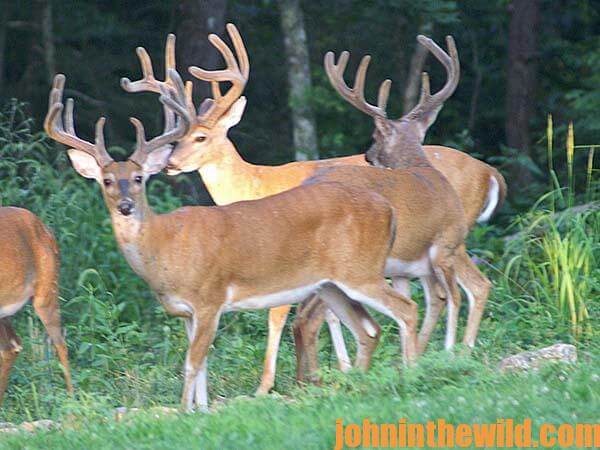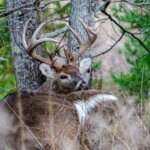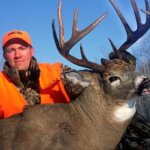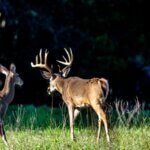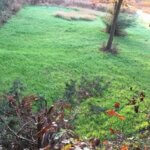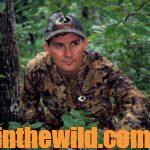John’s Note: During the post deer season, deer hunters can obtain a reasonable indication of the numbers and sizes of bucks that have eluded hunters and will be available during the upcoming season.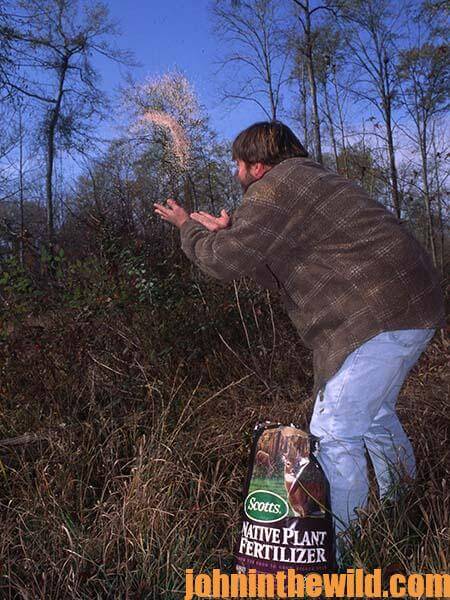
Deer nutrition has been a hot topic of discussion over a number of years.
What’s the best food to plant for deer? How many food plots should be planted per 1,000 acres? How do you ensure deer utilization of the food you plant? What’s the health condition of the animals left on your hunting property after deer season?
One of the primary indicators that dictate whether or not supplemental feeding is beneficial to deer management is the amount of browse left during the winter after hunting season. For the untrained eye, detecting a browse line may be different in areas where there’s not a severe food shortage. If there’s been a hard winter and very-little food available, however, there will be a very-definite and distinct lack of foliage about waist-high to the hunter throughout the woods.
Too, after the season, you can contact your state wildlife biologist and ask him to accompany you on a deer survey to determine the nutrition level and needs of the deer herd on the property where you hunt. During the season, a wildlife biologist’s work load increases. But once deer season ends, his work load may be reduced, which means this may be a good time for you to spend some time with the biologist. From the biologist, you can learn to identify the food sources the deer are utilizing after the season. You can watch how he evaluates the herd and makes his predictions for the upcoming season. Wildlife biologists usually are more than happy to work with hunters to teach them how to hunt deer as well as share their knowledge of the deer’s habits, behavior, feeding and moving patterns. Then you’ll understand which food sources to target for stand sites during the upcoming season.
To be a more consistent hunter, you must know as much as possible about the animals you hunt and the other people who are hunting those same deer. However, during the short span of time that deer season encompasses when the hunter can gather this information, his interest generally is distracted by his desire to take a buck. Therefore, to gain this knowledge, the very-best time of the year to scout is after deer season. The only disadvantage you’ll have is you won’t be able to harvest the animal after you’ve gained the knowledge required to find the buck. But what you learn in the post-season will become extremely valuable in the upcoming season and all the seasons to come. In my opinion, the single, most-important ingredient to a deer hunter’s continued success is this wealth of knowledge he gathers. One of the best ways to gain that knowledge is by scouting after the season.
To get “Bowhunting Deer: The Secrets of the PSE Pros,” click here
About the Author
John Phillips, winner of the 2012 Homer Circle Fishing Award for outstanding fishing writer by the American Sportfishing Association (AMA) and the Professional Outdoor Media Association (POMA), the 2008 Crossbow Communicator of the year and the 2007 Legendary Communicator chosen for induction into the National Fresh Water Hall of Fame, is a freelance writer (over 6,000 magazine articles for about 100 magazines and several thousand newspaper columns published), magazine editor, photographer for print media as well as industry catalogues (over 25,000 photos published), lecturer, outdoor consultant, marketing consultant, book author and daily internet content provider with an overview of the outdoors. Click here for more information and a list of all the books available from John E. Phillips.

